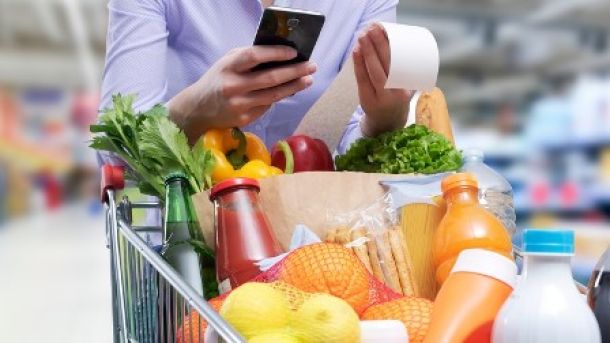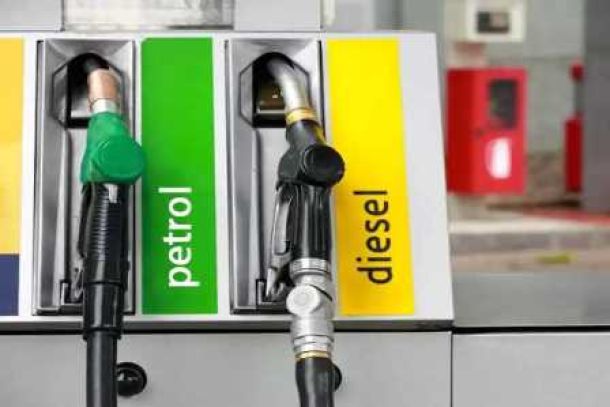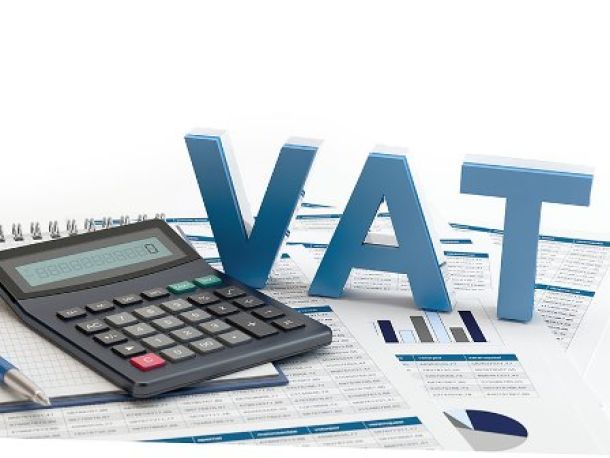SA wine industry needs more exports or face trouble
Unless the SA wine industry has an export boom, it will be in trouble, because the domestic market has not been successfully exploited, agricultural economist and Professor Nick Vink of Stellenbosch University said at the annual Nedbank Vinpro Information Day.
At the same time, he said the SA wine industry has now overtaken that of Australia in terms of competitiveness, research shows.
In his view, the SA wine industry is now on a steady stream where it looks like domestic consumption is increasing. At the same time, total production is increasing too, while exports appear to have stayed about the same.
"So, unless there is an increase in exports - and domestic consumption - the SA wine industry will be in trouble in a few years' time," said Vink. He wondered whether recent signs of an upswing in domestic consumption will put the industry on a new trend line.
He said research shows the SA wine industry has experienced longer and more severe contractions than expansions over the long term. The average duration of expansions were about 8.5 years and that of contractions about 10 years. Contractions were also steeper at about 2.9% compared to expansions of about 2.4%.
"From the beginning the industry has been very dependent on the export market. Yet, even in the stagnant economy, the industry is doing better than in the 1970s and 1980s. Long term the industry has been dependent on exports, so the big question is whether that is going to carry on," said Vink.
"Since the early 2000s the after-inflation price of wine grapes has been declining. That is why the industry is in trouble at the moment. The industry has traditionally been focused on quantity rather than quality - with some exceptions."
The research also shows there are signs of concentration in the industry. The average area under vines per SA producer has increased from 18.1 hectares in 1995 to 29.8 hectares in 2014.
News Category
- International retailers
- On the move
- Awards and achievements
- Legislation
- Wine and liquor
- Africa
- Going green
- Supplier news
- Research tools
- Retailer trading results
- Supply chain
- Innovation and technology
- Economic factors
- Crime and security
- Store Openings
- Marketing and Promotions
- Social Responsibility
- Brand Press Office
Related Articles

Empowering South African households through gro...

SPAR shares practical tips to beat food inflation

South African motorists could be paying up to R...

Big VAT changes on the cards


